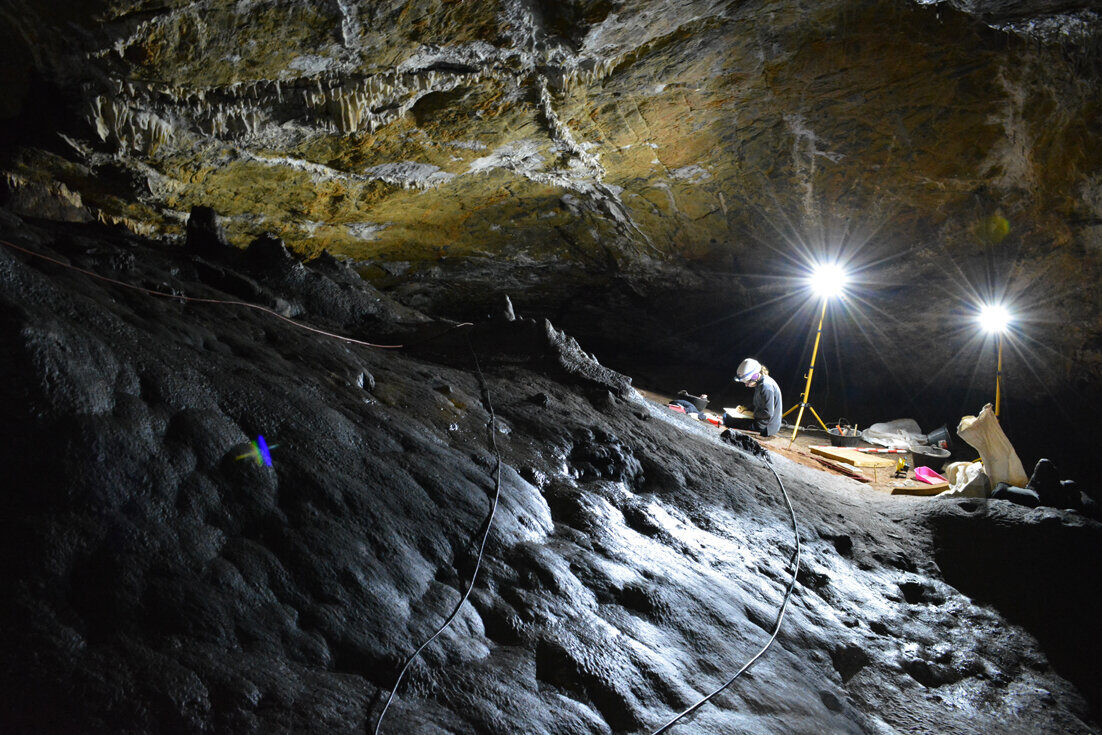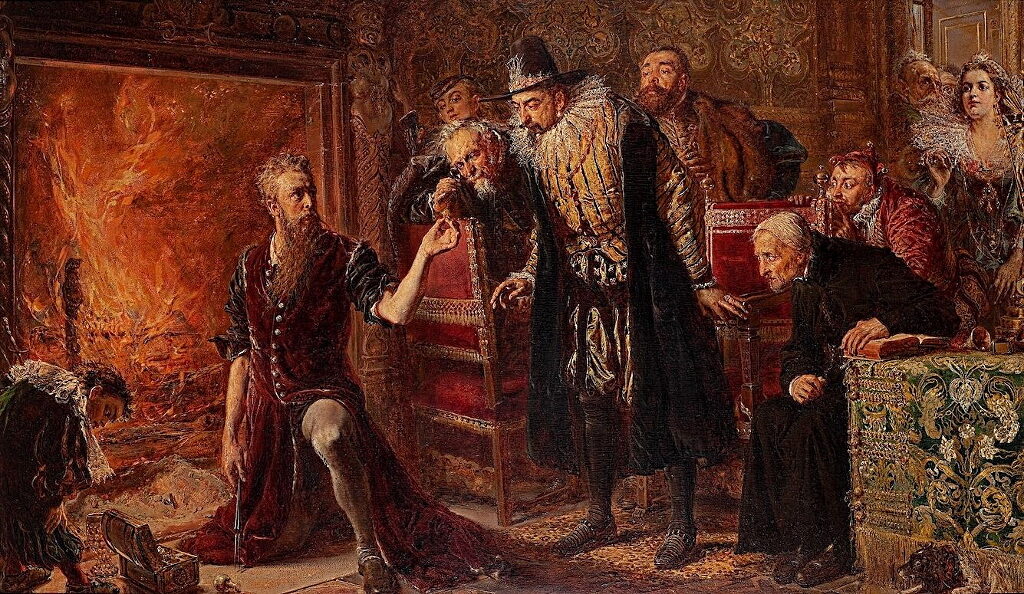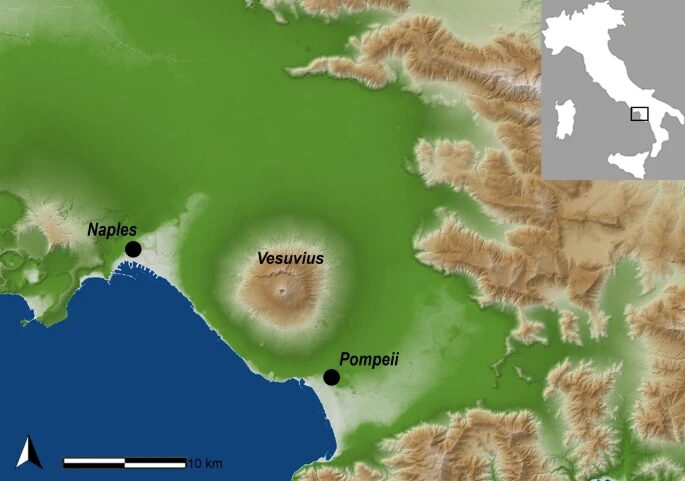
© Ramos-Muñoz et al., CC-BY 4.0 (creativecommons.org/licenses/by/4.0/)Excavation area in Cueva de Ardales with evidence from the Middle Palaeolithic period.
A cave in southern Spain was
used by ancient humans as a canvas for artwork and as a burial place for over 50,000 years, according to a study published June 1, 2022, in the open-access journal
PLOS ONE by José Ramos-Muñoz of the University of Cadiz, Spain, and colleagues.
Cueva de Ardales, a cave in Málaga, Spain, is famous for containing more than 1,000 paintings and engravings made by prehistoric people, as well as artifacts and human remains. However, the nature of human usage of this cave has not been well-understood. In this study, the authors present the results of the first excavations in this cave, which shed light on the history of human culture in the Iberian Peninsula.
A combination of radiometric dating and analysis of remains and artifacts within the cave provide evidence that the site's first occupants were likely Neanderthals more than 65,000 years ago. Modern humans arrived later, around 35,000 years ago, and used the cave sporadically until as recently as the beginning of the Copper Age. The oldest rock art in the cave consists of abstract signs such as dots, finger tips, and hand-stencils created with red pigment, while later artwork depicts figurative paintings such as animals. Human remains indicate the use of the cave as a burial place in the Holocene, but evidence of domestic activities is extremely poor, suggesting humans were not living in the cave.



Comment: See also: Judaism and Christianity - Two Thousand Years of Lies - 60 Years of State Terrorism:
- Oink Vey! Evidence ancient Israelites ate pork revealed by pig skeleton in First Temple-period Jerusalem
- 3,000 year old drawing of god found in Sinai could undermine our entire idea of Judaism
- The Arabian cradle of Zion: Moses, Muhammad, and Wahhabo-Zionism
- Polytheism and human sacrifice in early Israelite religion
And check out SOTT radio's: